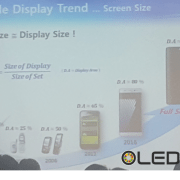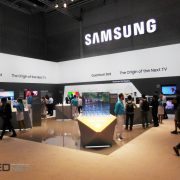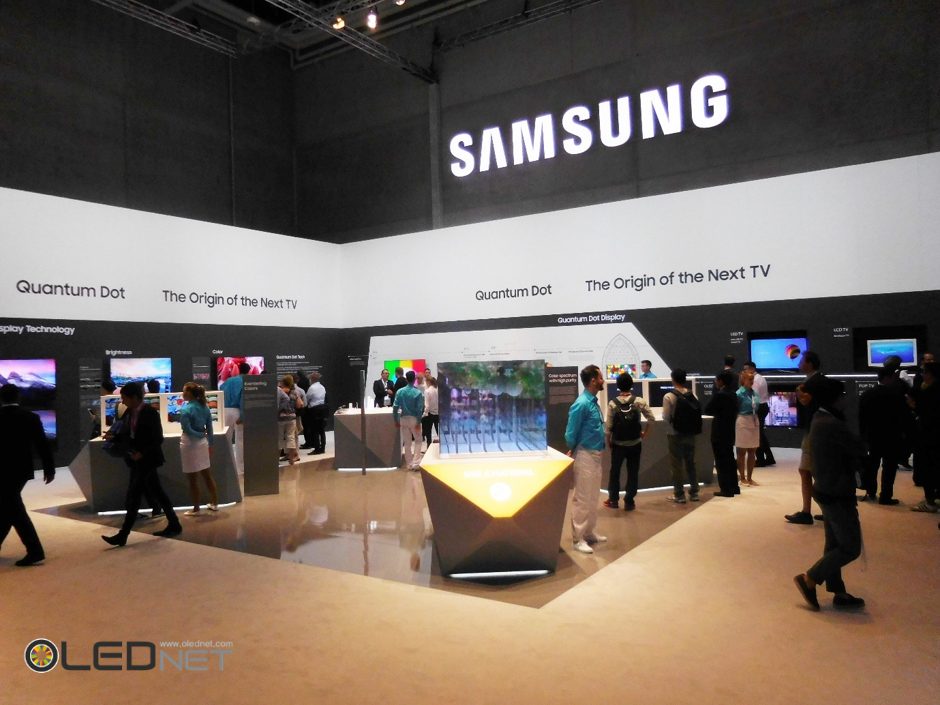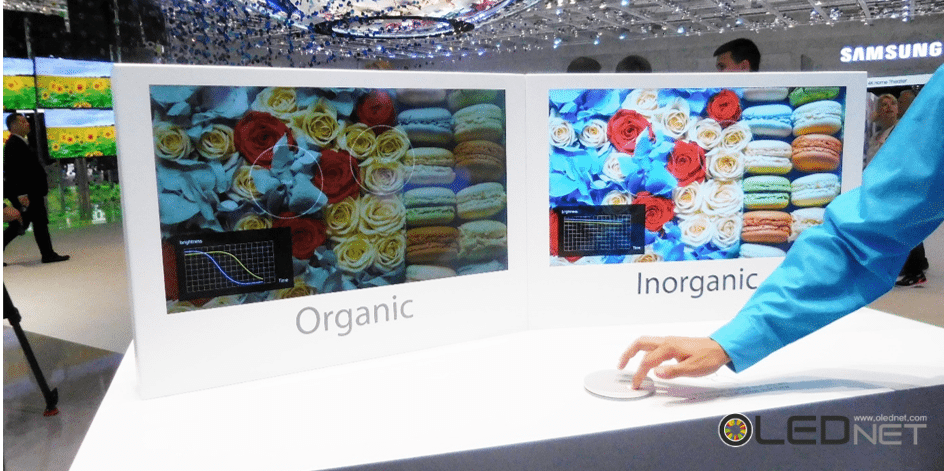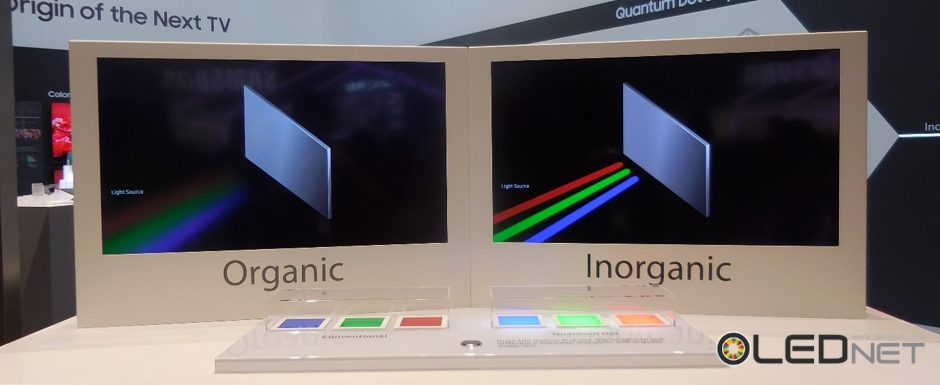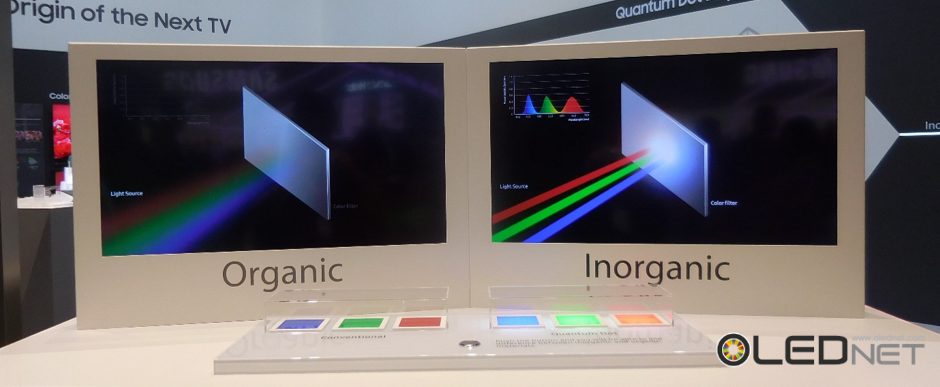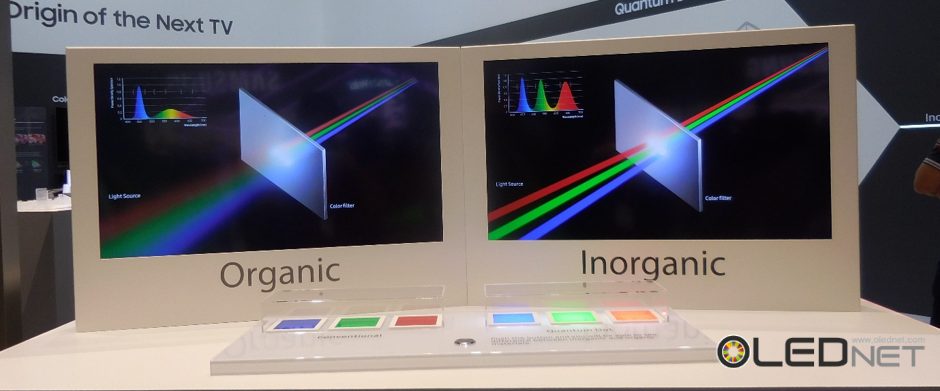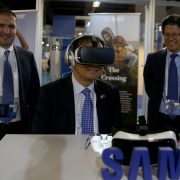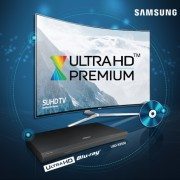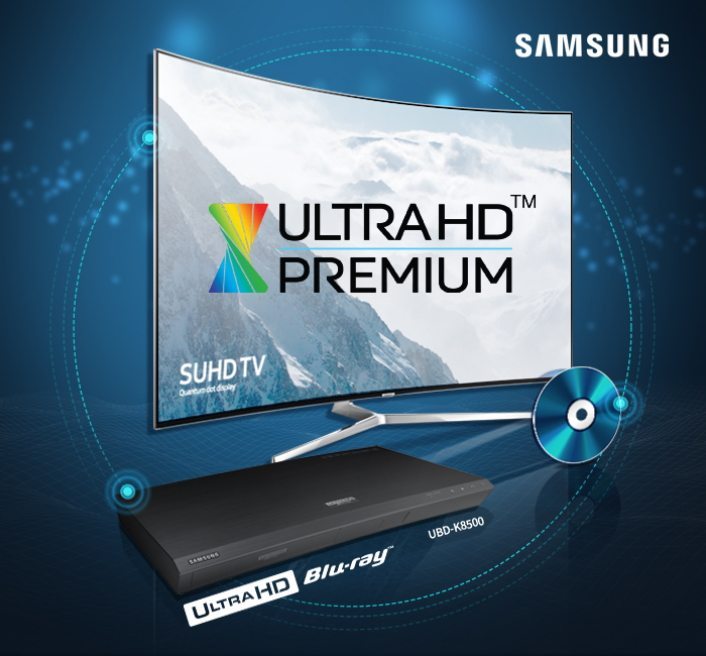Samsung Display, the market will move to Full Screen next to Edge
At 2016 IMID Business Forum having been held in Samsung-dong KOEX on October 26th, Senior Park Won-sang of Samsung Display expected that full screen market would lead next to Smart phone of edge designs.
Senior Park analyzes that mobile market will be core market of Display industry by saying “Super high-speed growth of Mobile market is being continues, and mobile market is expected to exceed TV market after 2016, following IT and TV.”
Specially, Senior Park Won-sang states that DA (Display size vs. set size, Display size/set size value) becomes important because Smartphone is portable and has limitations in sizes, and full screen Smartphone having DA of over 90% will lead the market after being released.
In addition, he emphasizes low electricity, sensor embedded, high solution, eye friendly etc. as core technology of mobile display, and stresses that AMOLED belongs to the display for most suitable mobile appliances.
On the other hand, the report “Key issue and Market Analysis for Foldable OLED’ having been published in August by UBi RESEARCH predicts that full screen AMOLED panel will be released first in 2017, and it overpasses flexible AMOLED panel market of Bezel Less type while occupying 60% of total flexible AMOLED panel market in 2020.
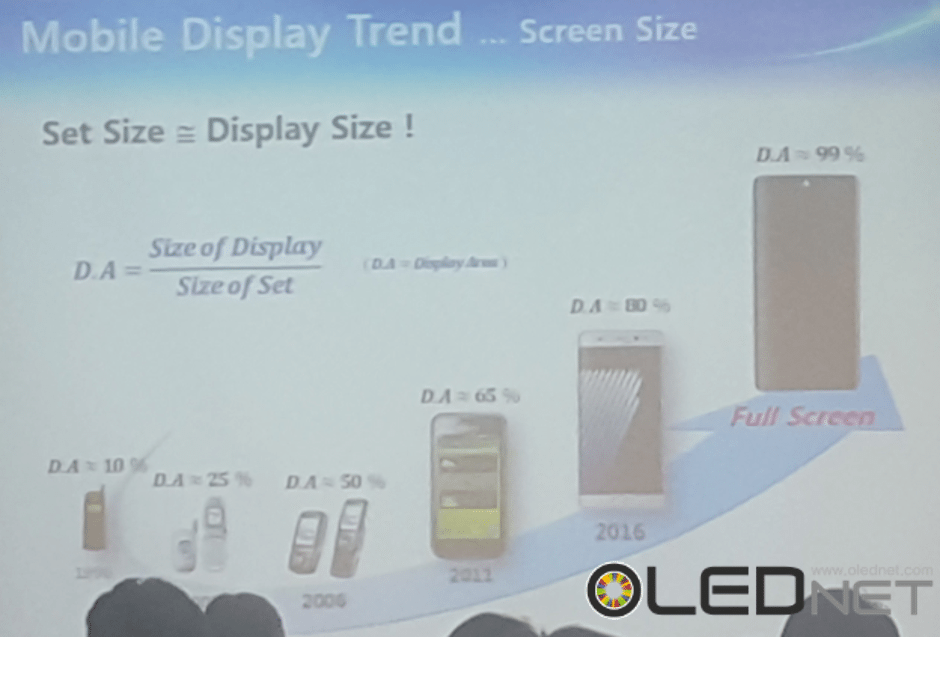
<Samsung Display announcement date, 2016 IMID Business Forum>
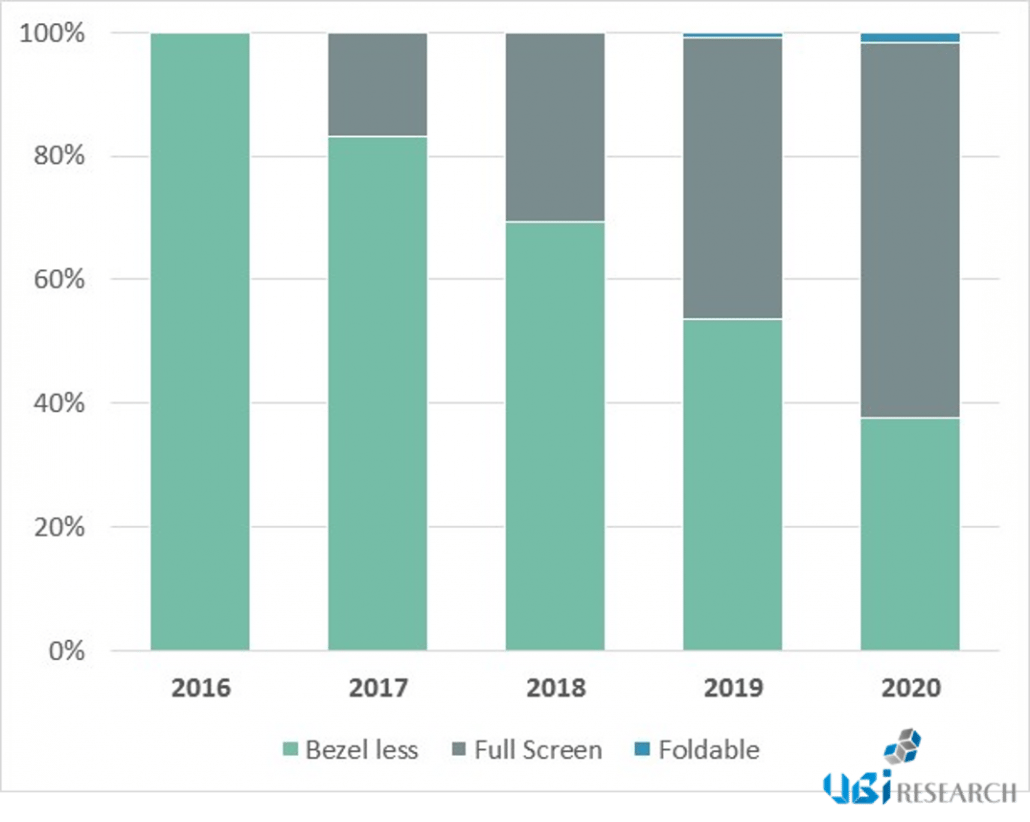
<Definition and Market share prospect by flexible OLED type (Source: UBi RESEARCH)>

